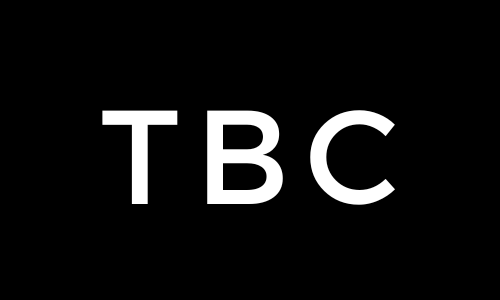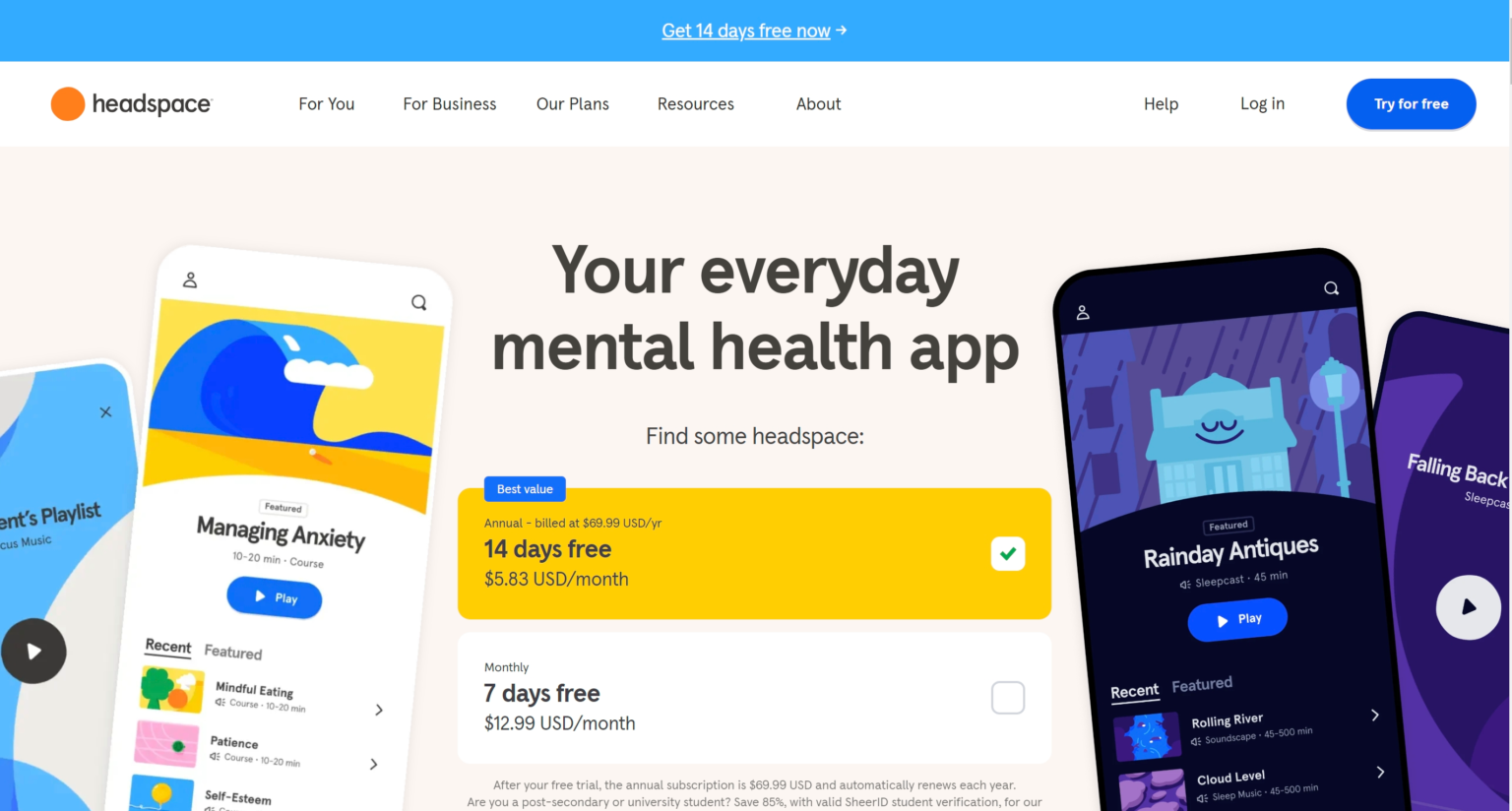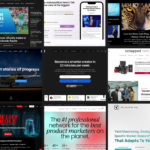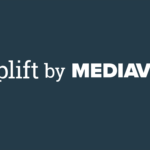I’ve always been fascinated by mindfulness and meditation. Every time I read about how meditation apps like Headspace help people reduce stress, sleep better, and boost focus, I can’t help but think: Maybe this is exactly what my audience needs.
Headspace isn’t just another trendy app—it’s a tool that could help people improve their mental well-being and quality of life. Naturally, I was drawn to sharing it with others, but I wanted to know if the Headspace Affiliate Program lives up to the hype.
If you’re as curious about mindfulness as I am, the Headspace Affiliate Program could be great for your audience and bottom line. In this article, I’ll break down everything you need to know, from commissions and cookie durations to payout terms, so you can decide if it’s worth promoting on your blog or platform. But first, what is Headspace?
What is Headspace?
Headspace is well-known in wellness, with over 100 million app downloads worldwide. It offers meditation sessions, sleep aids, and mindful eating programs and caters to a broad audience interested in improving mental health. This makes it a great and relevant choice for health, self-improvement and lifestyle bloggers.
Why Consider the Headspace Affiliate Program?
Payout Description
- 8% of monthly recurring subscriptions
- 4% of annual and gifting recurring subscriptions
- $1.60 per student recurring subscription
Cookie Duration
The 30-day cookie period allows more time to convert clicks into paying users, giving affiliates a fair chance to earn commissions even if users take their time to subscribe.
Affiliate Program Offerings
Joining the program via the FlexOffers platform simplifies the process. Affiliates gain access to marketing tools, promotional materials, and performance dashboards to track clicks, conversions, and commissions. Once affiliates reach the minimum earnings threshold, monthly payouts are available through PayPal, wire transfer, or checks.
Challenges to Consider
There are three challenges that you have to think about before joining this affiliate program.
- Target audience required
- Strict requirements for approval
- Intense competition
This program makes sense for websites or influencers focused on health, mindfulness, or self-improvement. Promoting Headspace to an audience that isn’t interested in these topics could be challenging.
Secondly, Headspace may prefer affiliates with established blogs or substantial traffic, so newer bloggers or websites may find it hard to get approved. That’s why you need a clear content strategy focused on mindfulness topics to increase your chances.
Third, consistent promotion is important if you want to stand out amongst several meditation apps on the market, such as Calm and Insight Timer. You will need to devise creative strategies and include detailed product reviews or seasonal campaigns to drive engagement and sales.
How to Get Started with Headspace Affiliate Program
You can apply through the FlexOffers affiliate network. To increase your approval chances, ensure your application highlights relevance to mindfulness or wellness and your content strategy. After approval, you’ll get access to tracking links, banners, and marketing resources to get started immediately.
The Best Niches for Headspace
Here are some good niches to use with the Headspace affiliate program.
1. Mindfulness & Meditation

These align perfectly with Headspace’s core offering, improving focus, productivity and workspace well-being. They also target audiences looking for solutions to these issues.
Examples:
- Yoga & Wellness Blogs/Vlogs
- Stress Management & Anxiety Relief Websites
- Mindfulness for Professionals
2. Health & Wellness

You can promote Headspace’s sleep programs to aid sleep-deprived individuals, fit Headspace into holistic wellness routines and encourage mindfulness before, during, and after workouts.
Examples:
- Sleep and Insomnia Resources
- Healthy Living & Nutrition Blogs
- Fitness & Exercise Websites
3. Lifestyle & Self-Improvement
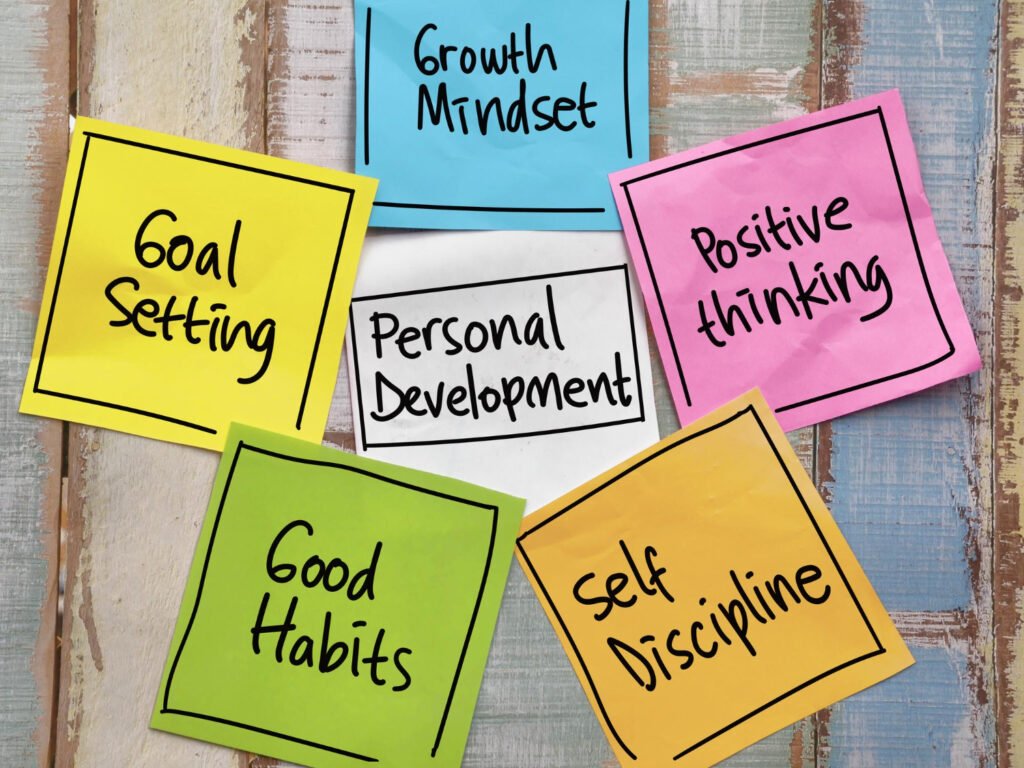
You can offer Headspace as a tool for personal growth and self-discovery and promote mindfulness practices for stress-free travel and enhanced experiences. You can also share how Headspace can help parents find calm and improve family dynamics.
Examples:
- Personal Development Blogs
- Travel & Adventure Blogs
- Parenting & Family Blogs
4. Technology & Productivity:

You can try addressing the challenges of remote work with mindfulness techniques and integrating Headspace into productivity systems for improved focus. For example, you can help students reduce stress and improve academic performance.
Examples:
- Remote Work & Digital Nomad Blogs
- Productivity & Time Management Websites
- Student-Focused Resources
Verdict: Is It Worth It?
The Headspace Affiliate Program is worth considering if your niche aligns with health and wellness. Its commission rates, cookie duration, and reliable payment structure make it an attractive option for affiliates. However, it may not suit everyone, especially if your audience doesn’t engage with mental health topics or your website is still in its early stages.
For those already in the wellness space, Headspace offers a solid revenue opportunity. But to make the most of the opportunity, make sure to use content strategies that resonate with your audience, like in-depth reviews and mindfulness guides.
If you enjoyed this post, please share it with others online! You may even enjoy our article about the best mental health affiliate programs. For more tips on blogging and making money online, subscribe to our newsletter and never miss an update on The Blog Channel.
Discover more from The Blog Channel
Subscribe to get the latest posts sent to your email.

